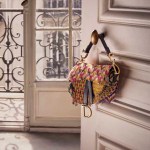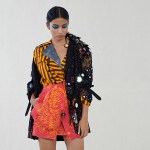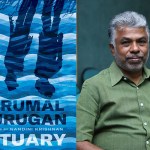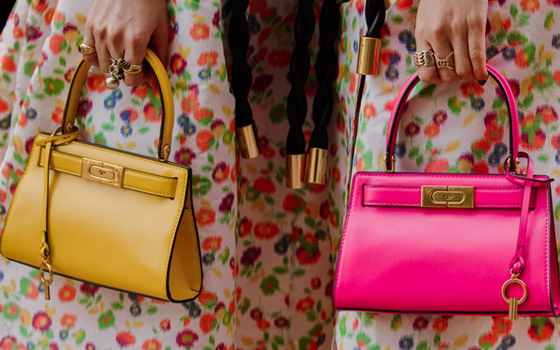Fashion
Young labels don’t usually have the opportunity to showcase at the Lakmé Fashion Week’s grand finale so early on in their career. How did you feel about being chosen?
I think what better message to send out to the masses than supporting young designers in times of hardship. If there is one thing the pandemic has taught us, it’s that we have to alter the landscape of the fashion industry. I don’t think one can ever “feel ready” for such a momentous opportunity but we produced a collection we are extremely proud of.
Your collections are about bringing the past and the present together. Was that also a focus for this collection?
Our ethos has always been about celebrating Indian culture and heritage but in a way that can be assimilated into the wardrobes of modern global women. This collection focused on the Banjara tribe and their exquisite hand embroidery with particular reference to their mirror work. We wanted to showcase their traditional way of dressing in lehngas and cholis but in a way that would be relevant to not just Indian women, but women all over the world. We reimagined them as shirts and miniskirts with drapes as well as sari dresses and oversized blazers with their signature embroideries.
Functioning as a duo, how have you both evolved over the years and what are the individual attributes you both bring to the table?
As a team, we have distinctive strengths and weaknesses. You could say we are polar opposites, which works well for us because we get to focus on our individual areas. Kinni has an eye for colour and embroideries and is adept at managing production, which is something I [Saaksha] struggle with. On the other hand, I understand silhouettes on a global level and am able to care of marketing, sales and PR. We are able to design together and once a collection is complete, we are able to diverge and focus on our own departments.
Take us through your edit of textiles over the years.
We have always championed fabrics like Chanderi sand chiffons. This season, we offset the delicate feminine fabrics (cotton silks, chiffons and satins) with masculine drills, terry wools and poplins to create a cool juxtaposition.
What do you want to say with what you create?
Our intent is clear with each and every collection we envision – we want to champion Indian prints and embroideries in our garments but in modern global silhouettes. We also want to throw light on our incredible artisans and craftspeople whose skills are unmatched and irreplaceable.
Has your experience working under international brands like Armani, Elie Saab and Balmain had any bearing on your design sensibilities?
Working with such inspiring fashion houses not only gave us the confidence to start our own label but also helped shape our aesthetic and love of alternative embroideries. Their Western style and approach have definitely seeped into our label and I think it complements Indian prints very well.
What are the different processes you adopt to make clothes more sustainable?
As an industry and even as individuals, we are very far away from being sustainable. I would like to think we are gradually becoming ethically and socially responsible. We ensure our artisans and craftspeople do all the embroidery by hand, we limit our wastage by using fabric trimmings for belts, pockets and linings, and we source Indian fabrics for all our collections. We have also decided to become a seasonal-fluid brand and limit the number of pieces per collection so that we can reduce our contribution to landfills. These are but a few of the steps we have taken and we hope to do much more in the coming years.
How has having Ekta Rajani as your creative consultant influenced the brand over the years?
Ekta is our godmother; she has become more than a creative consultant, she is now family. Her ethos, not only in terms of work but also life in general, has been inspiring and her guidance has helped us become more ethical in our choices, both as designers and human beings. When you find a person who intrinsically knows the brand — sometimes even better than its founders — you know that relationship is extremely special.
How has the pandemic affected you? Have you gone through any changes during this time, both as individuals and designers?
I think the pandemic has affected us all in permanent ways. As individuals, it has given us time to introspect, spend time with family and make changes that are socially and environmentally responsible. As designers, it has forced us to pause, reset and make some hard-hitting changes within the brand. We have become season-fluid, employed more artisans and craftspeople, and are focusing even more on India and the boundless inspiration we have right at our doorstep.















